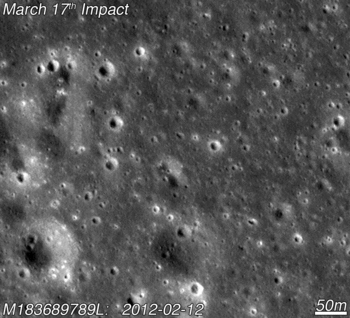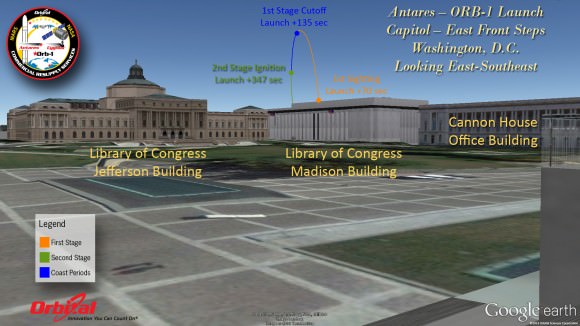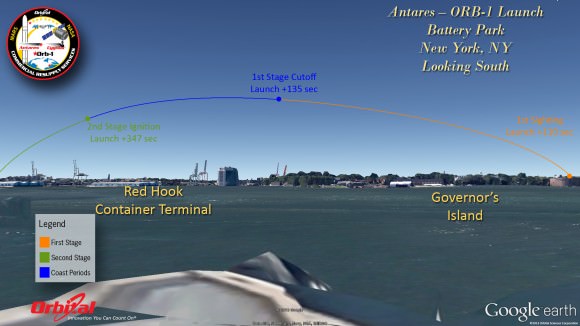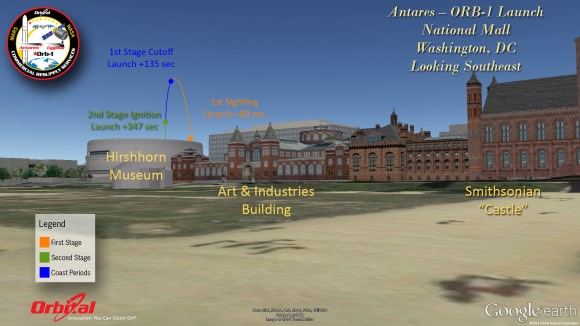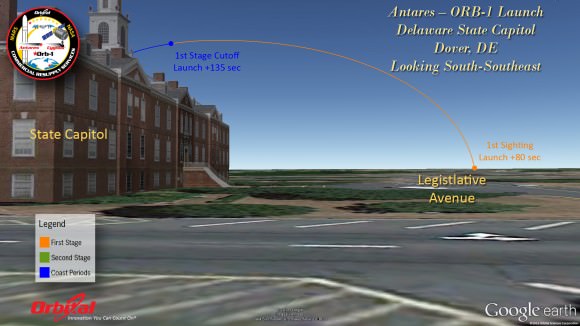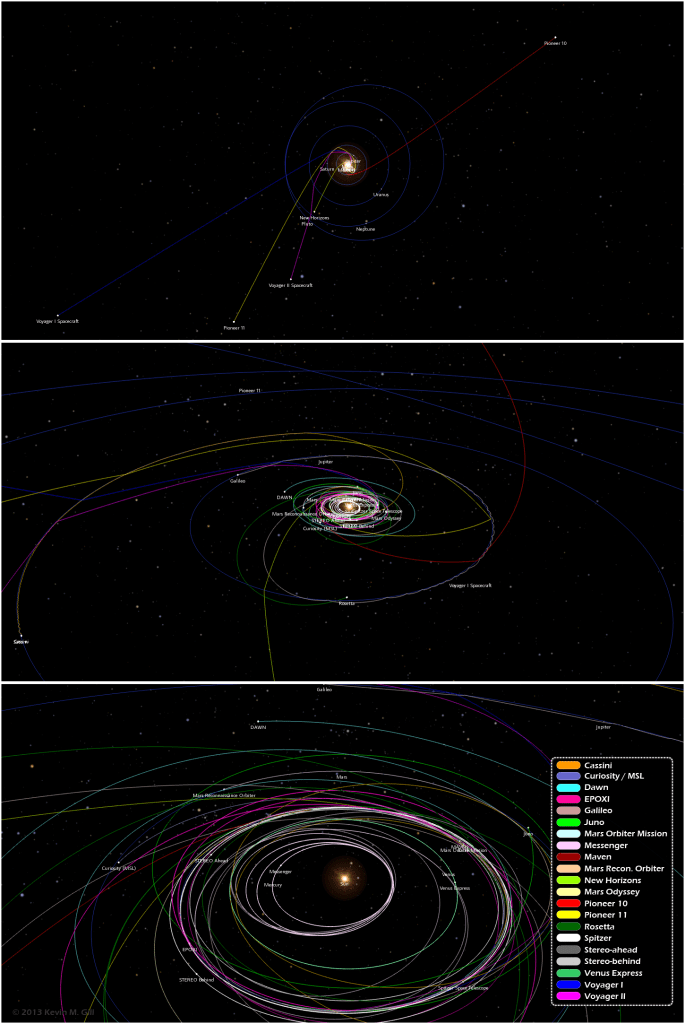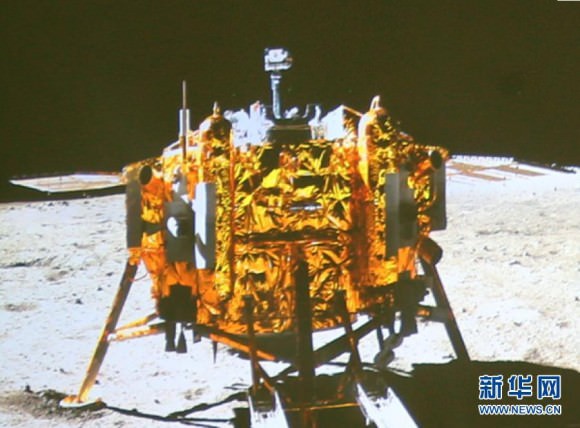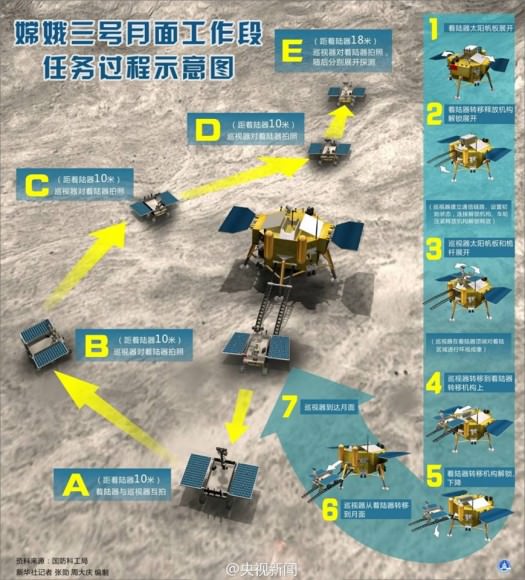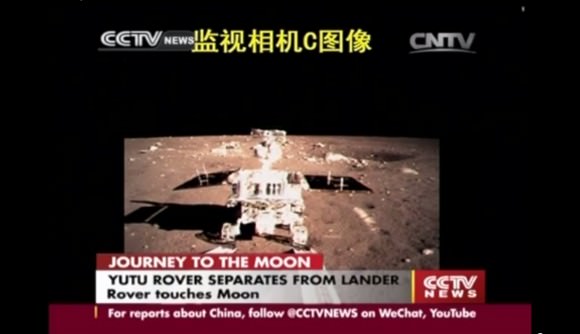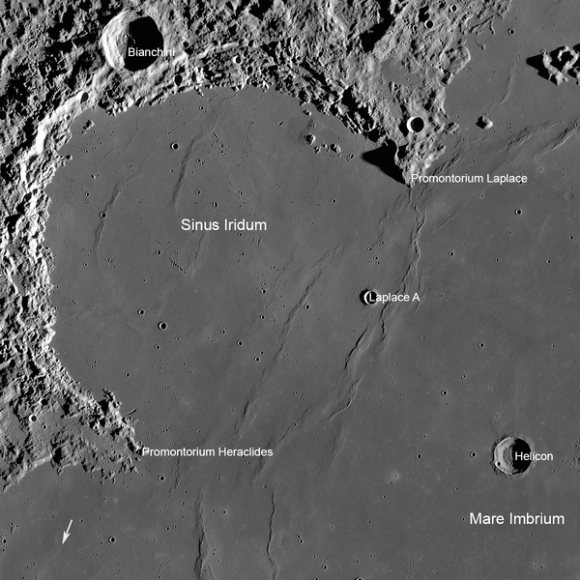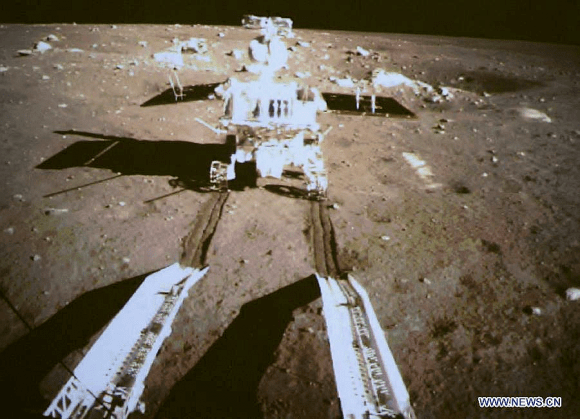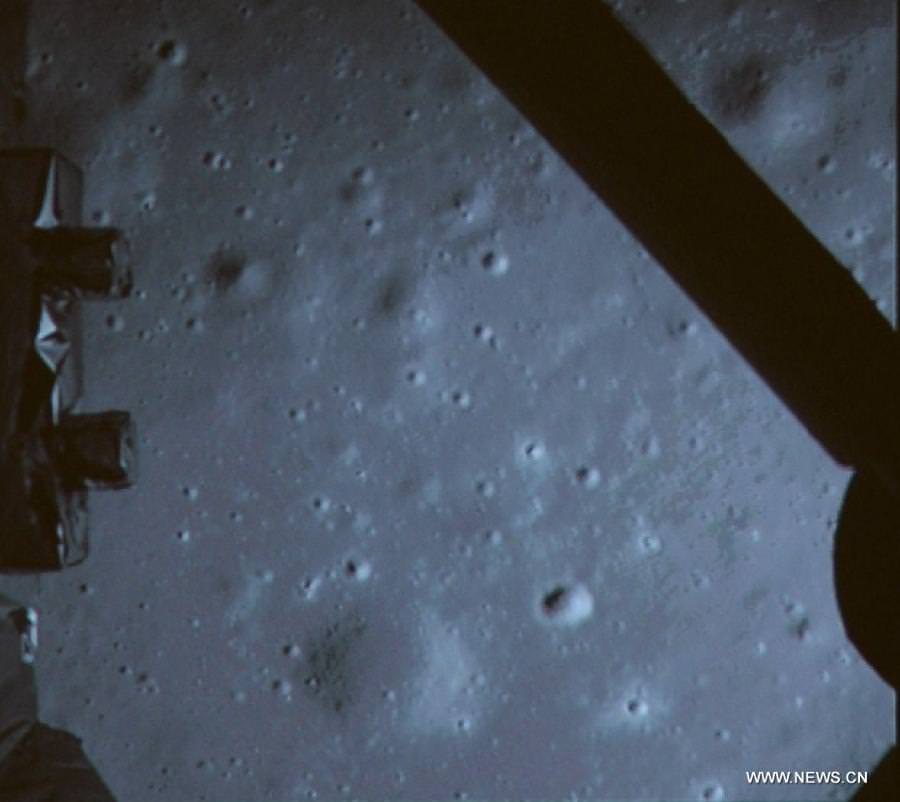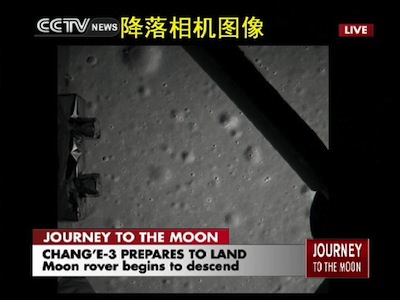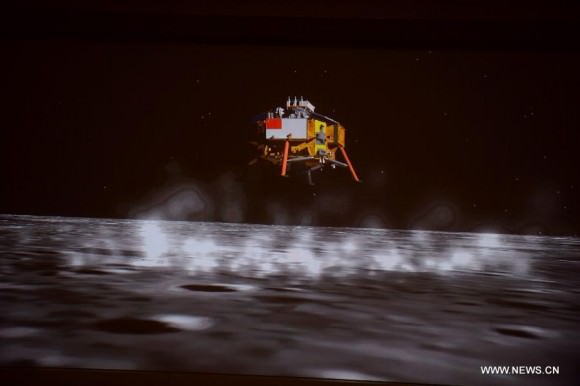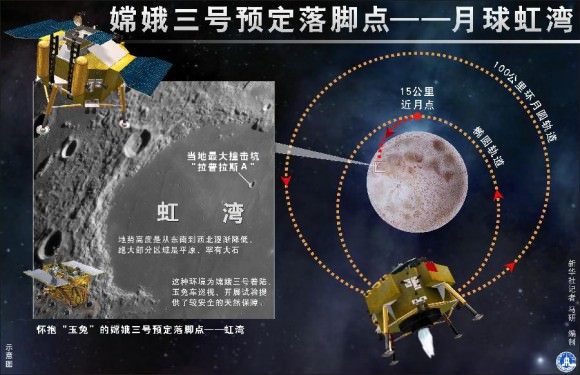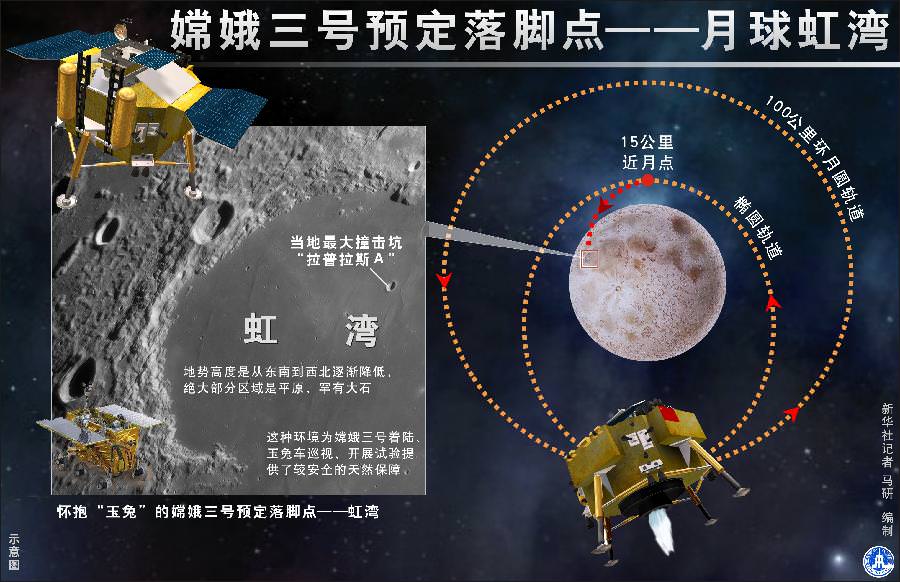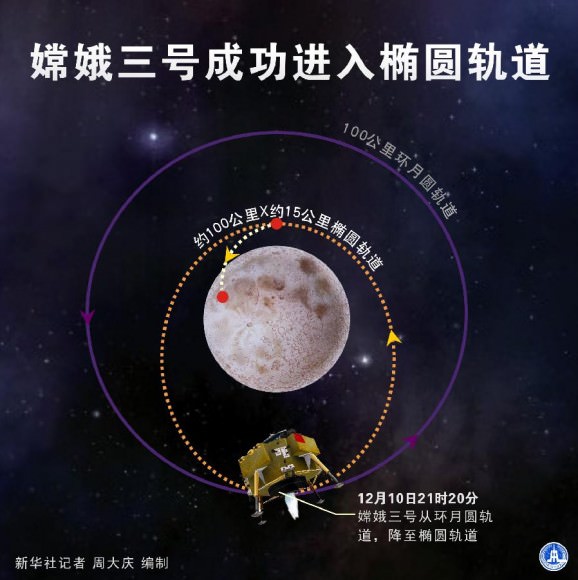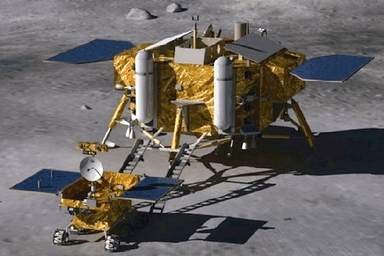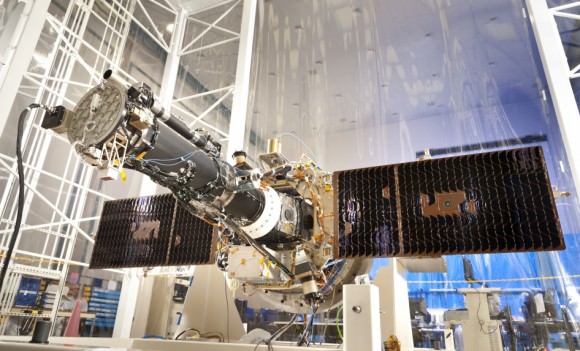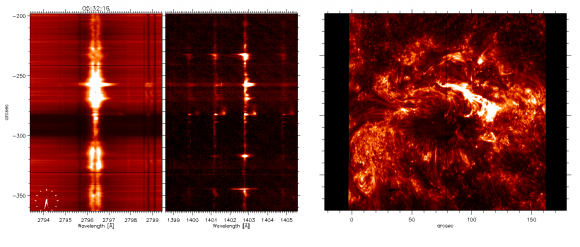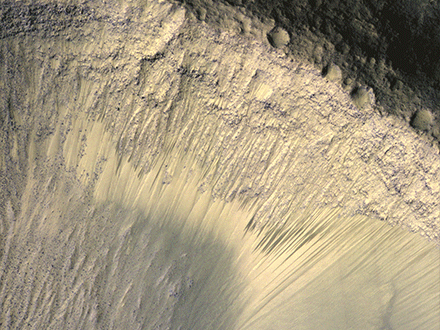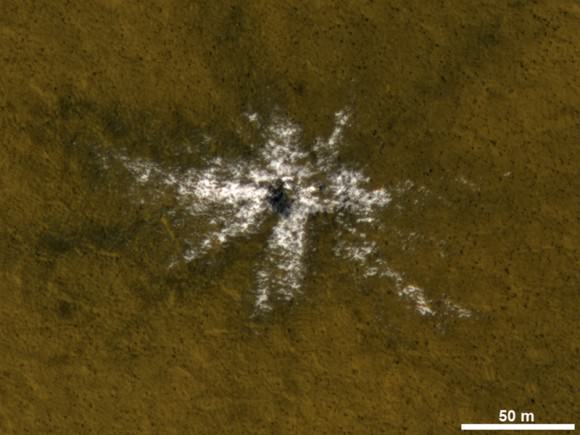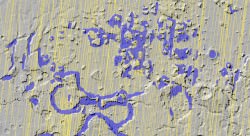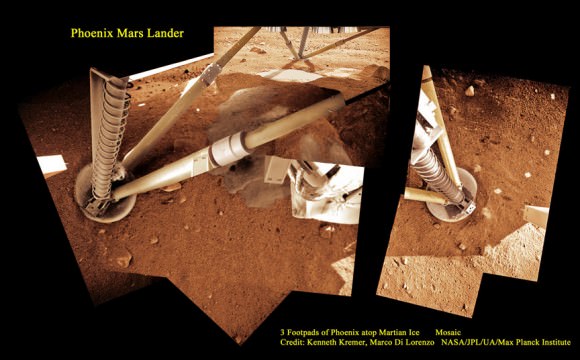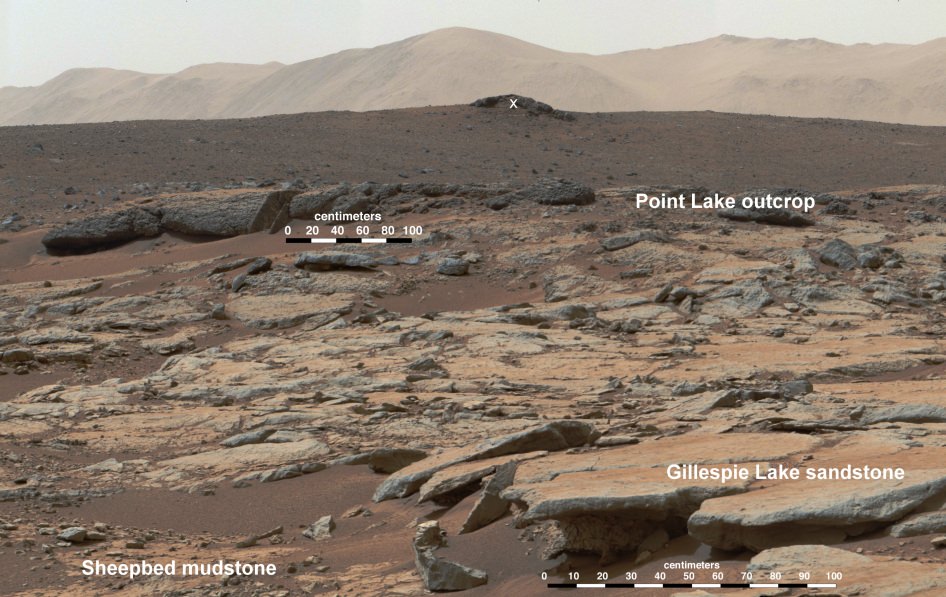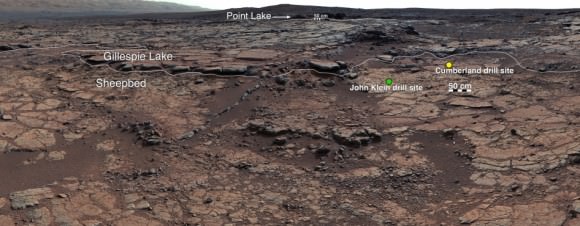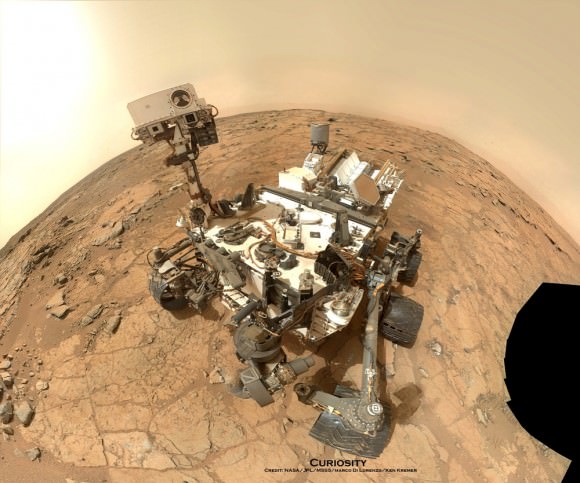Where there’s smoke, there’s fire, or in this instance, a new hole in the moon. NASA’s Lunar Impact Monitoring Program recorded the brightest meteoroid impact ever in its 8-year history on March 17 this year. The flash of light, as luminous as a 4th magnitude star and lasting about one second, was caught on video striking the moon in the Sea of Rains (Mare Imbrium) not far from the prominent crater Copernicus. Some time after the event, the Lunar Reconnaissance Orbiter (LRO) swept in for a closer look and spied a brand new impact crater.
Since 2005 the program has detected over 300 flashes which are presumed to be from meteoroid impacts.
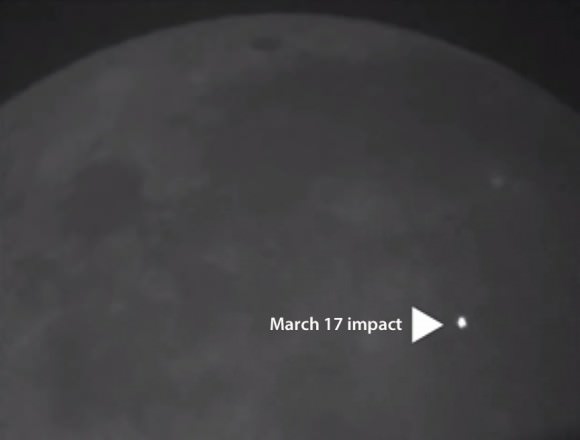
Based on the flash brightness and duration of the St. Pat’s Day smack, the space boulder measured between one to 1.5 feet long (0.3-0.4 meters) and struck the moon traveling at 56,000 mph with a force of 5 tons of TNT. Scientists predicted then that the impact could produce a crater up to 65 feet (20 meters) in diameter.
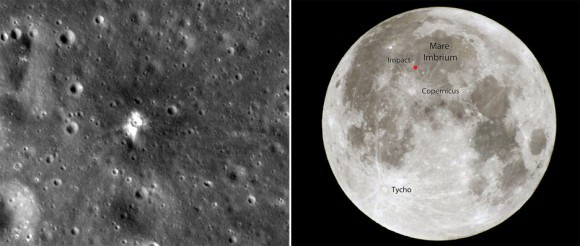
Well, guess what? When LRO dropped by for a look and compared images taken of the flash site before and after March 17. Staring it in the face was a brand new crater 59 feet across (18 meters). Wow! Just look at how reflective the crater and its rays of ejecta appear. That’s all unweathered, fresh dust and rock excavated from beneath the surface courtesy of 5 tons of extraterrestrial TNT. While impressive from LRO’s 31-mile altitude, the “St. Pat” crater is unfortunately invisible in even the largest telescopes from Earth.
Over time, cosmic rays, solar irradiation and micrometeoroids darken and redden the lunar soil. Millions of years from now, the once brilliant crater will blend into the moonscape. Can you imagine how bright larger craters like Tycho and Copernicus must have looked once upon a time?
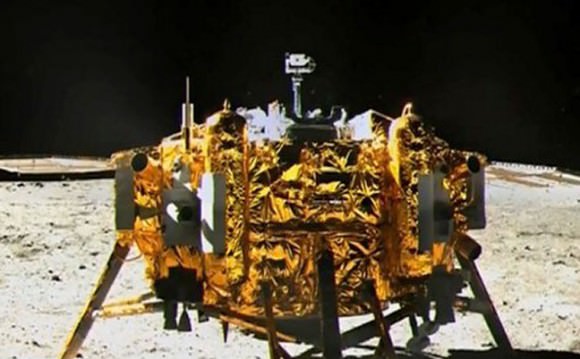
The March 17 impact wasn’t the first new crater seen by LRO, but it does appear to be one of the largest. The LRO camera team has been systematically searching its archive of before and after images for many more lunar landscape changes. Some of those results – including these photos – were presented at the American Geophysical Union Fall Meeting last week; more new craters will be announced in the near future.
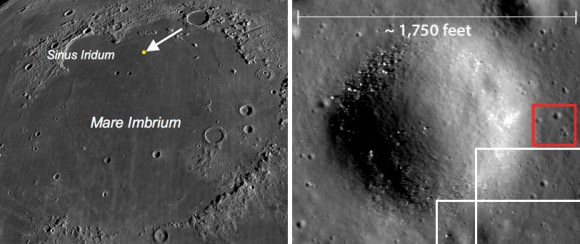
While we’re on the topic of flyover discoveries, NASA will photograph the Chinese Yutu rover and lander when LRO orbits over western Mare Imbrium on Dec. 24 and 25. As it turns out, the lander didn’t land in Sinus Iridium as reported earlier but in nearby Mare Imbrium, a good distance east of the original site but still within the official “landing box”.
Fortuitously, this location turns out to be a great spot to examine young lavas not sampled during the Apollo missions. All the Apollo rocks ranged in age from 3.1 to 3.8 billion years old. Based on crater counts and the flow’s relatively fresh appearance, Yutu sits at the northern edge of a lava sheet dated at between 1 and 2.5 billion years. In lunar years, that’s fresh!
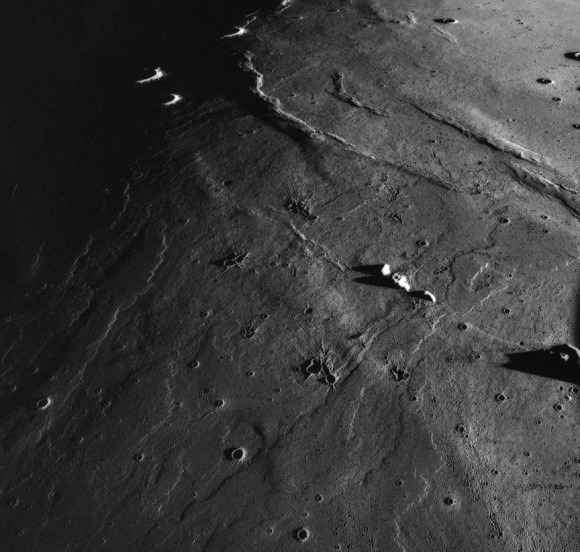
Younger flows experience less erosion, so the lunar bedrock isn’t buried beneath as much rock as at the Apollo sites. Where Yutu sits, the lunar soil or regolith goes down some 6-7 feet (2 meters) instead of 10-26 feet (3-8 meters) at other landing sites. That means easier excavation of much sought after lunar bedrock. We may even be seeing blocks of bedrock littered about the ~35 foot wide crater (10 meters) in one of the first photos sent back to Earth by the Chinese lander.
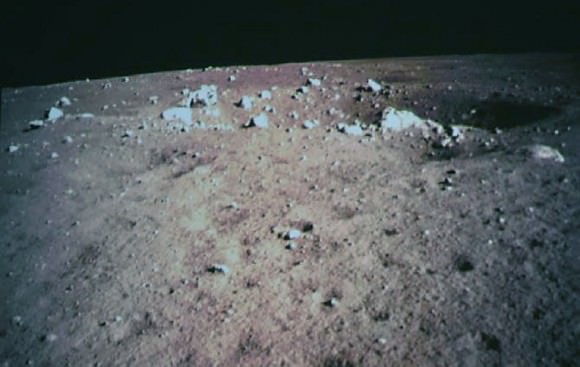
For a great analysis of the Chang’e 3 landing site, I recommend reading A New Site to Explore on the Moon by lunar geologist Paul D. Spudis

